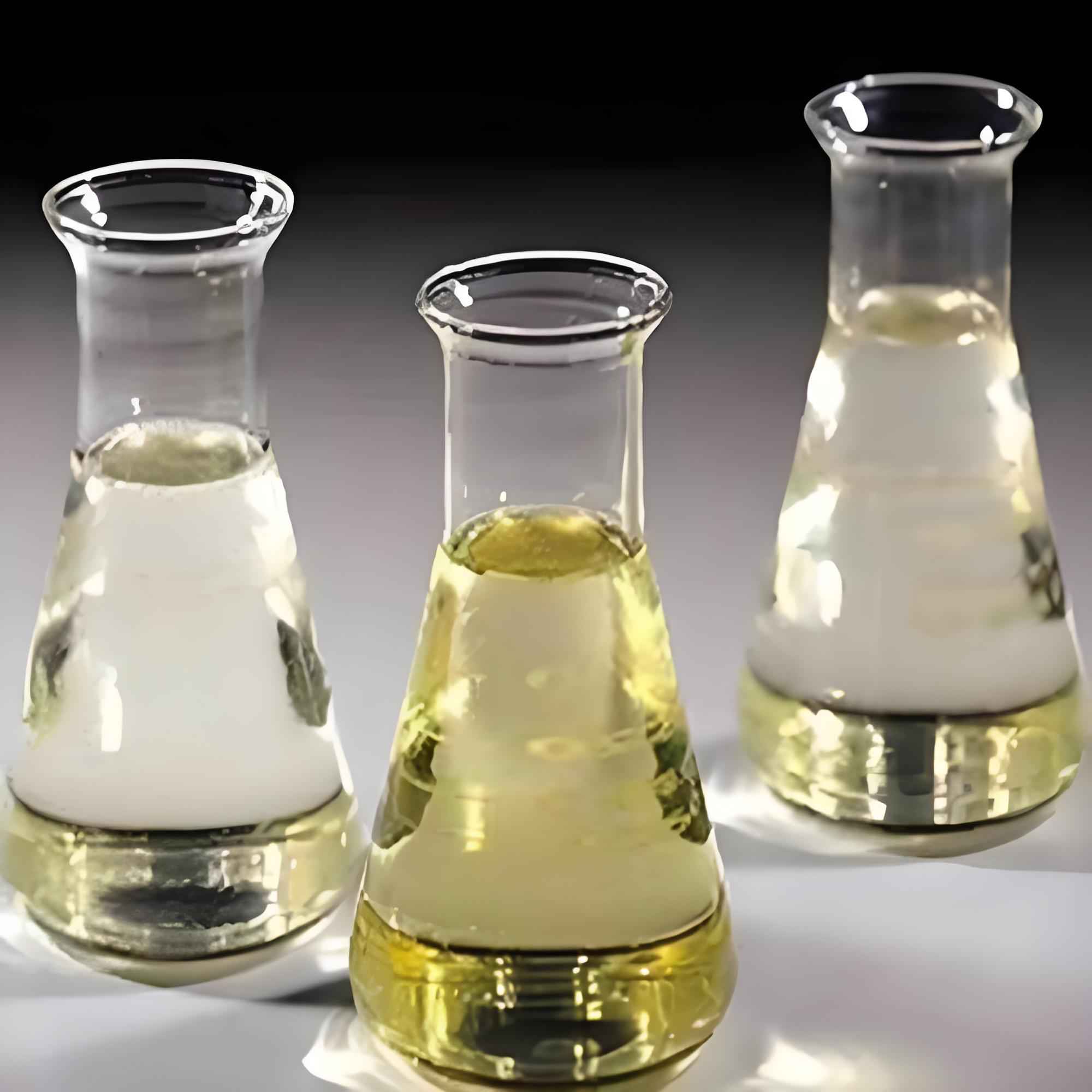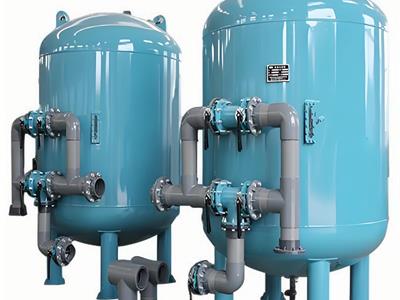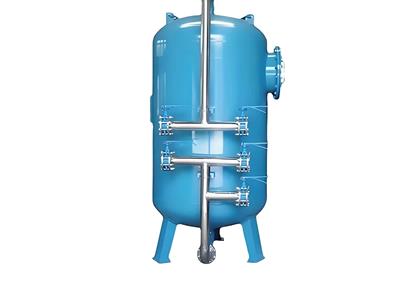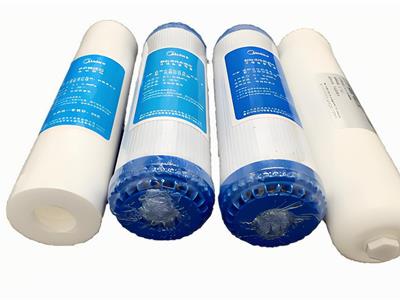- 2025-07-22
Antiscalant Dosage and Ion Exchange Softener Dosage
Softening process and scale inhibition technology application guide
Ion exchange water softener
For the problem of hard water with excessive calcium and magnesium ion concentration (hardness ≥ 85ppm), deep softening is achieved by replacing Ca²⁺/Mg²⁺ with sodium resin, and the residual hardness of the produced water is ≤1gpg (17.1ppm). This process does not require the addition of chemical agents and simultaneously removes dissolved iron elements, which is particularly suitable for small water treatment systems (feed volume <20gpm).
Scale inhibitor dosing system
Use formulated agents such as organic phosphonates/polyacrylates to inhibit carbonate, sulfate and silicate scaling through crystal distortion mechanisms. Applicable scenarios include:
Treatment of high-salinity water with hardness ≤150gpg (2565ppm)
Control of iron and manganese metal deposition and silica pollution
Nanofiltration/reverse osmosis membrane system antifouling protection
Key considerations for technology selection
1. Operation economic comparison
Treatment scale Softener salt consumption Antiscalant dosage
20gpm feed 75 pounds/24 hours 0.11 gallons/24 hours
≥50gpm system Salt consumption increases proportionally Agent increment <30%
Note: Antiscalant operating costs are 40% lower than the softening process, and avoid sodium chloride discharge causing ecological problems
2. Engineering adaptability
Softeners need to be regenerated regularly and biofouling must be prevented and controlled
The scale inhibition system occupies 60% less space and supports automatic and precise dosing (minimum 3ppm dosing accuracy)
Membrane system protection efficiency: scale inhibition scheme extends NF/RO membrane life by 2-3 times
Synergistic application solutions
Combined processes can be implemented for specific water quality:
High silicon water quality: scale inhibitor controls silica scale + softener removes hardness
Low carbon source wastewater: potassium-based regeneration softening replaces sodium salt to reduce the burden on septic tank systems
Membrane integrated system: scale inhibitors ensure stable membrane flux and reduce cleaning frequency by 35%






